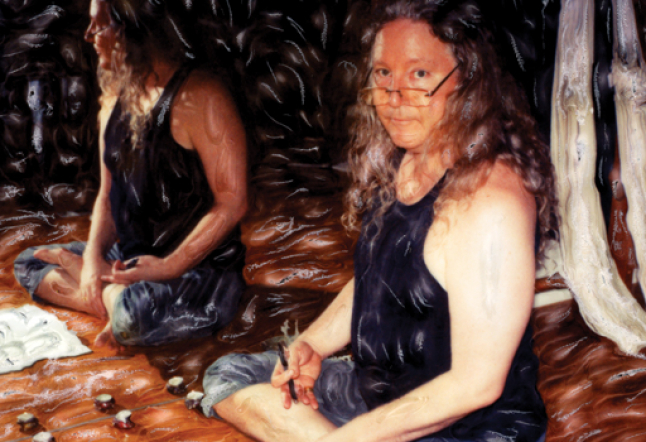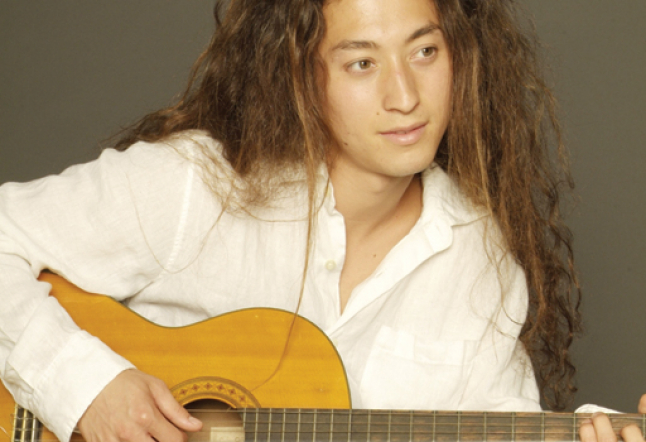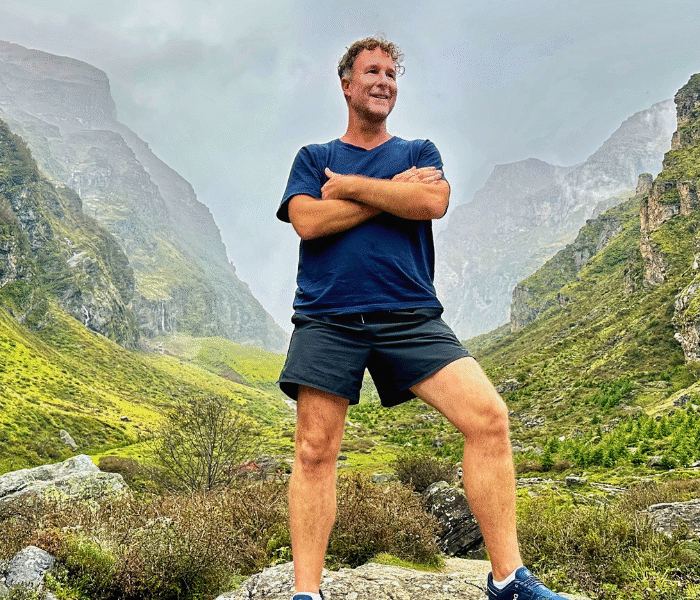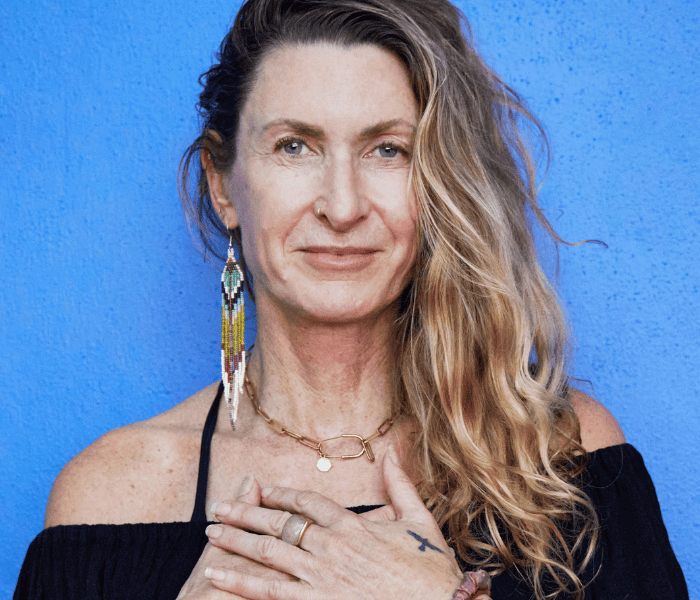Erich Schiffmann

In the world of yoga there are rock stars, celebrities and high-profile teachers all vying for the spotlight to impart yoga to the masses.
Erich Schiffmann has chosen a different path over the past 30 years, preferring instead to live the truth of his yoga and share it honestly and openly with others.
No bells, whistles or customized yoga wear, just a deep commitment to passing on the wisdom of his teachers, who include Krishnamurti, Desikachar, Dona Holleman and Joel Kramer.
Video of Ali Macgraw & Erich Schiffman Yoga Class
Yogi Times: What brings you joy?
Erich Schiffman: I feel the most alive when I’m teaching. In my case, teaching is good for the teacher. And in order to teach well you’ve got to have your own personal practice happening.
People come over to my house and we practice together. I like that. I also like to write. It helps get my head clear. I also like good spiritual discussion, a lot of which happens on the online discussion forum on my webpage.
And when I’m not doing any of that, I’m either making lunch for my wife, feeding the cats, taking out the trash, interacting on my webpage, watching TV, taking a nap or down at the beach watching the guys surf.
YT: Your life experience gives you a lot of yogic knowledge and yet your professional image is very low-key. How do you balance others’ desire to aggrandize you versus staying balanced in your personal presentation?
Erich Schiffmann: Low-key is just fine. I’ve got a really good lifestyle happening. I teach three local yoga classes in los angeles every week. I teach three teacher trainings a year.
I’m on the road doing workshops, and I’ve been doing that for more than 30 years now, and I’ve got lotsof free time at home. I feel very full. I’m doing what I love, and I really feel like I’m learning a lot.
As far as staying balanced, that is what it’s about, isn’t it? But that’s what it’s about no matter what it looks like you’re doing, and no matter what anyone else says about it. It’s nice to be appreciated. And I do feel very loved by people.
That is extremely nice.
But one of the main things you learn through yoga is that there really is an equality throughout Creation, that there really is only one of us here, and putting someone up on a pedestal as being more special than someone else is not where it’s at.
YT: What is your focus these days in your personal practice?
Erich Schiffmann: My focus now is pretty much the same as it’s been for quite some time. In simple words, my practice is this: Don’t make up your own mind about what to do or not do, don’t decide in advance, and, instead, with all the intelligent willingness you can muster, listen inwardly for guidance.
That’s my practice. I do that with my yoga, I do that with my meditation, I do that all day long. Instead of making up your own mind about things, you make up your mind to no longer make up your mind.
And, instead, tune in, listen deeply, and then be brave… and dare to do as your inner promptings guide you to do. Your inner promptings, remember, are not just coming from you as you’ve always thought of yourself. They’re not just your conditioning. You, in fact, are the specific and unique self-expression of the Infinite. And so, by deliberately sensing into yourself for guidance you are, in effect, consciously aligning yourself.
It’s using your mind to access better answers by going where the better answers are. This is good for you and it’s good for others.
And the more of us there are that choose to do this, and thereby learn to be guided from within, the sooner the harmony of Oneness will evidence itself both as improved circumstances and less suffering. I’m always somewhat hesitant to use the word “practice,” therefore, because there’s nothing specific that I’m actually practicing, except not deciding by myself.
YT: Has that changed over the years and if so, how did those changes develop?
Erich Schiffmann: What’s changed is my commitment, my still-increasing realization that this really is the thing to do.
YT: Your video series stepped away from the flashy production values that are prevalent in the online yoga market today. What was the process behind that decision? Did the final product communicate what you were hoping to achieve with the creation of these tools?
Erich Schiffmann: The videos and DVDs that are part of the “Backyard Series” started out as home movies. I just wanted to get a few of the patterns that I like to practice on film, just for fun, so I could watch them 50 years from now. I bought a digital video camera, video editing software, filmed myself in the backyard and taught myself how to do the editing.
I put the camera up, hit the record button, then ran over there and did yoga. Then I moved the camera to get a different angle, hit the record button, then ran over there and did some more yoga. It felt like I was making a high school art project. I like them.
They’re fun. And I’m getting better at the editing. I like them because they were not scripted. I just filmed myself doing yoga the way I really do it, and then put a voiceover on top of it.
For the Freedom Style Online Yoga I put several cameras up in the yoga room and filmed myself and others doing yoga the way we actually do it. Music playing, people talking, the whole real deal.
Some of it quiet, some of it loud. You rarely see anyone practicing the way they really do it, especially on videos. I always try to get it the way it is in a real class.
Follow Eric Schiffman on Facebook – IG





